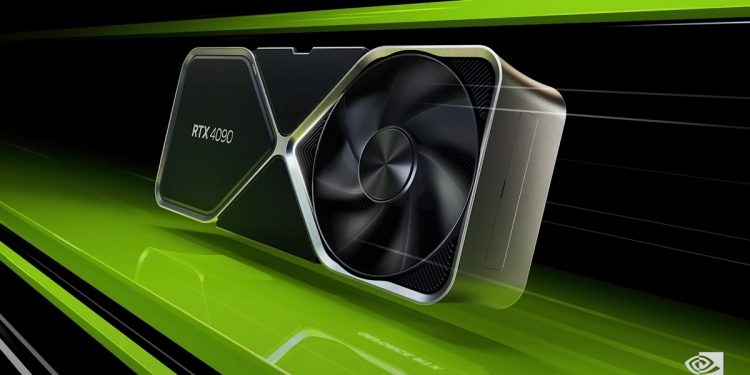It’s been a couple of years now since the debut of the GeForce RTX 30 series, and as such it’s time for NVIDIA to introduce a new generation of graphics cards. Meet the GeForce RTX 4090, GeForce RTX 4080 and… GeForce RTX 4080 again?
Okay first off, let’s take a look at the underlying architecture behind this new series of graphics cards. Dubbed Ada Lovelace after the mathematician, it’s their third generation of ray-tracing graphics cards, and according to NVIDIA will have significant improvements when it comes to ray tracing. It features fourth gen Tensor cores, third gen RT cores, Shader Execution Reordering technology and DLSS 3.0, a major breakthrough in its AI-powered super sampling technology. Unfortunately for users of previous generation RTX GPUs, DLSS 3 will be exclusive to RTX 40 graphics cards for now as it needs the fourth gen Tensor cores to function.

The new flagship graphics card here is the GeForce RTX 4090. It packs a whopping 24GB of GDDR6X memory and, if NVIDIA is to be believed, will be anywhere between 2-4x faster than the RTX 3090 Ti, the flagship GPU from last generation. All of this is at the same power usage too; NVIDIA says you’ll want to have at least an 850W power supply unit if you’re pairing it with something like an AMD Ryzen 9 5900X processor. The Ada Lovelace powerhouse also has 16,384 CUDA cores running at a 2.23GHz base clock and a 2.52GHz boost clock, a 384-bit memory interface width, 1,321 Tensor-TFLOPs, 191 RT-TFLOPs and 83 Shader-TFLOPs.
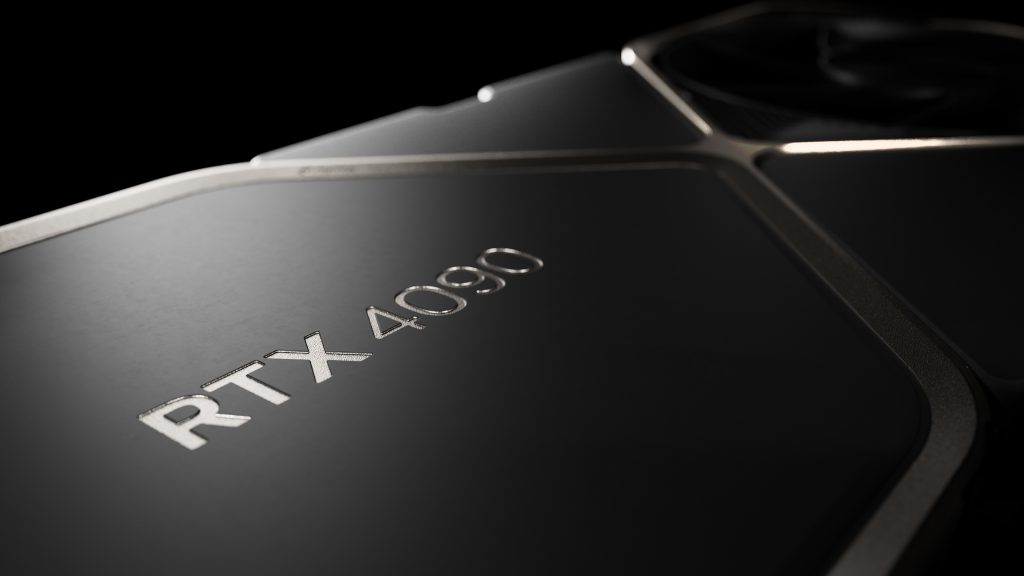
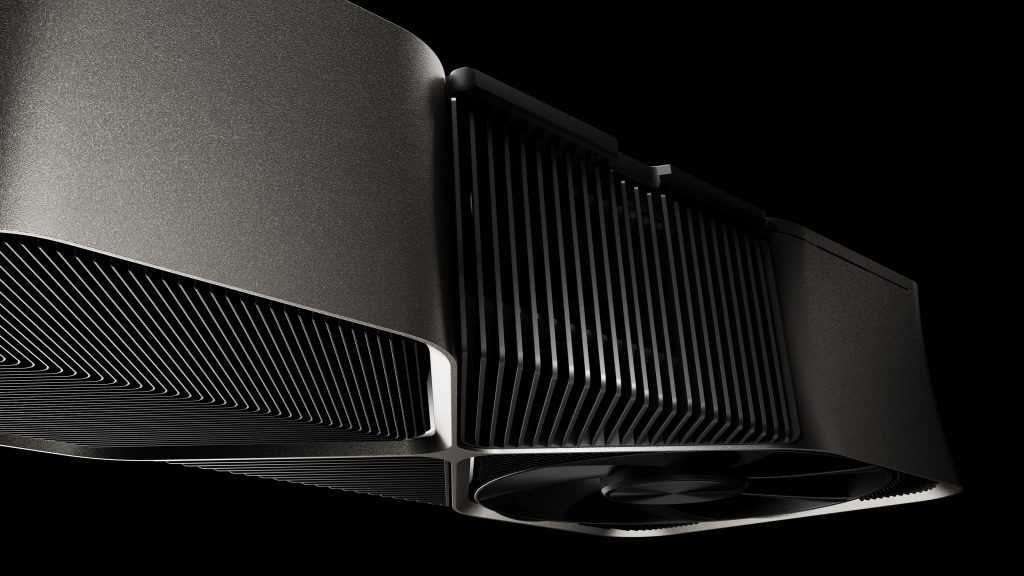
That puts it pretty far ahead of the GeForce RTX 3090 Ti in terms of performance—on paper anyway. The RTX 3090 Ti has a similar PSU requirement and the same amount of VRAM, but tops out at just 10,752 CUDA cores running at 1.67GHz base clock at 1.86GHz boost clock. The GeForce RTX 3090 meanwhile has the same 24GB GDDR6X of VRAM, but less CUDA cores at 10,496 cores running at 1.4GHz base clock and 1.7GHz boost clock.
Meanwhile, sitting below the GeForce RTX 4090 are not one, but two GeForce RTX 4080 graphics cards. Why NVIDIA couldn’t just name one as the RTX 4080 Ti or the RTX 4070, I don’t know. But anyway, the GeForce RTX 4080 will have two flavours, one with 16GB of GDDR6X VRAM and one with 12GB of GDDR6X VRAM. The former will come with 9,728 CUDA cores running at 2.21GHz base clock and 2.51GHz boost clock, with a 256-bit memory interface width, 780 Tensor-TFLOPs, 113 RT-TFLOPs and 49 Shader-TFLOPs. You’ll also want a pretty solid power supply unit here though, with NVIDIA recommending at least a 750W PSU.
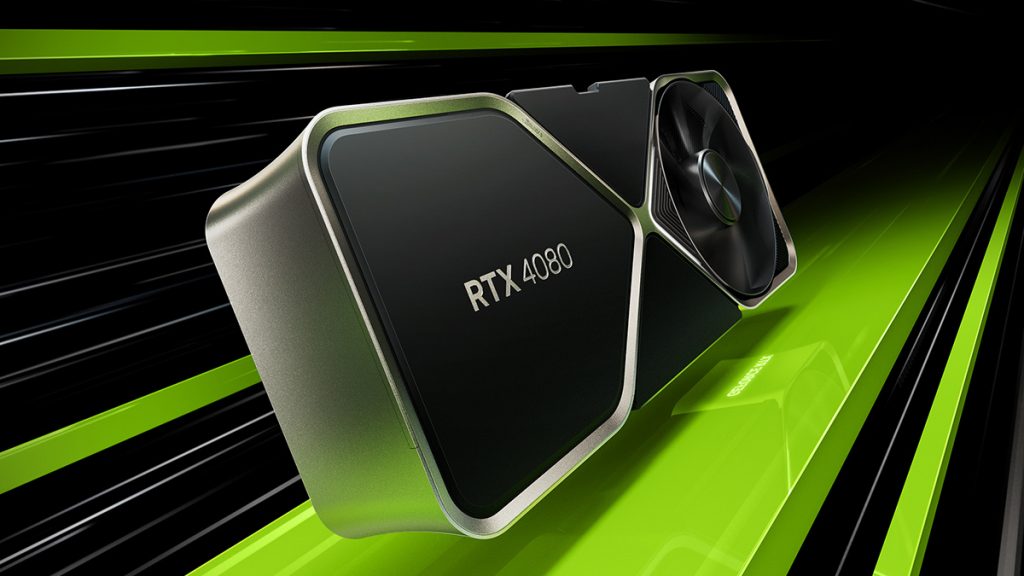
As for the weaker of the two GeForce RTX 4080 graphics cards, it not only has less video memory, but a not insignificant reduction in performance. NVIDIA still says though that with DLSS 3, it’s a faster graphics card than the RTX 3090 Ti, and is up to four times faster than the RTX 3080 Ti. It packs 12GB GDDR6X of VRAM with a 192-bit memory interface width, 7,680 CUDA cores running at a 2.31GHz base clock and a 2.61GHz boost clock capable of 639 Tensor-TFLOPs, 92 RT-TFLOPs and 40 Shader-TFLOPs. At the very least, it does need less power, with a recommended PSU of 700W to run it.
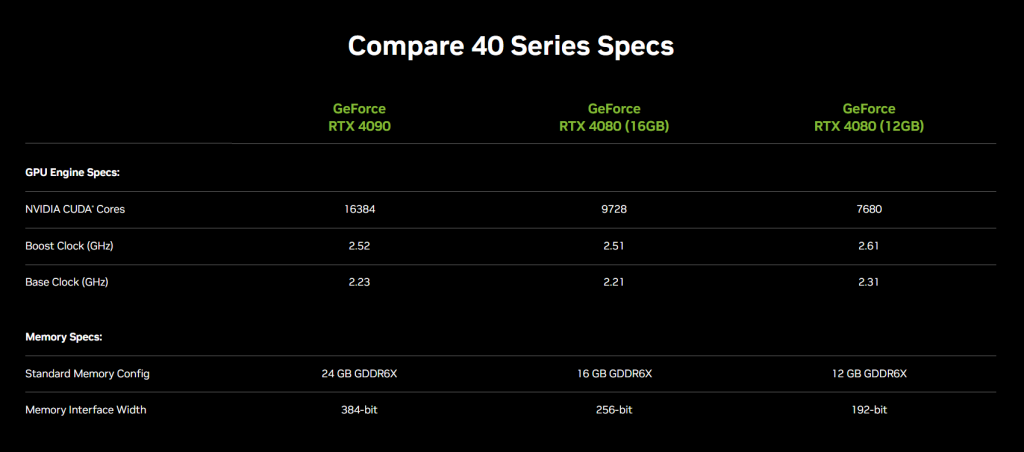
The GeForce RTX 40 series will not be cheap though, priced at an eyewatering USD1,599 (~RM7,303.43). In comparison, when the RTX 3090 debuted two years back, it came with an USD1,499 price tag. Locally though, the RTX 4090 will actually cost much more at RM8,400, perhaps due to the weakening ringgit, and will be available for purchase from 12 October onwards.
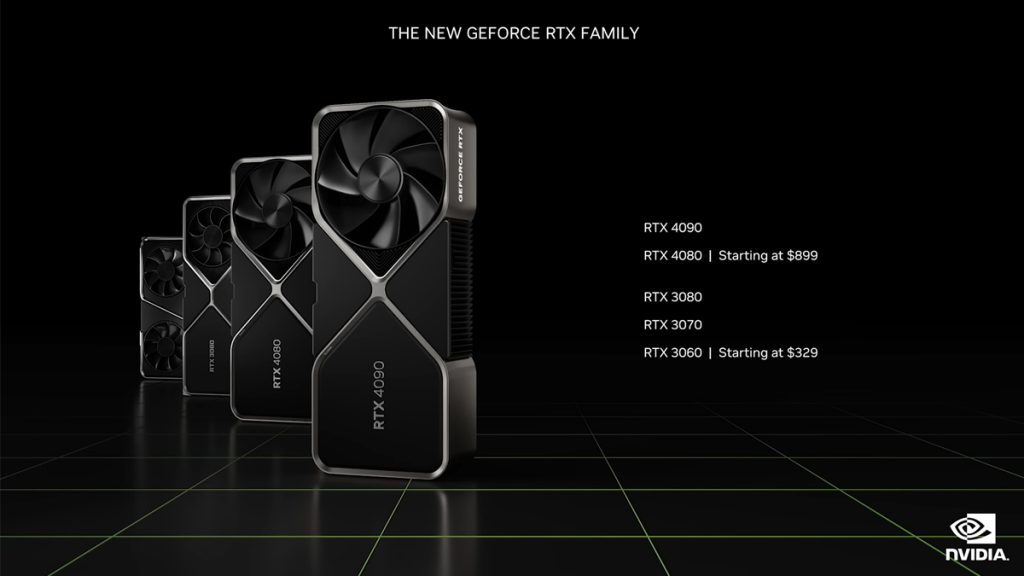
Meanwhile, the 16GB GeForce RTX 4080 will be priced at USD1,199 (~RM5,476.43), with the 12GB GeForce RTX 4080 priced at USD899 (~RM4,106.18). Local recommended retail pricing for these two though are again much higher than its US price tag, at RM6,300 and RM4,730 respectively. These two will be available some time later in November this year.

